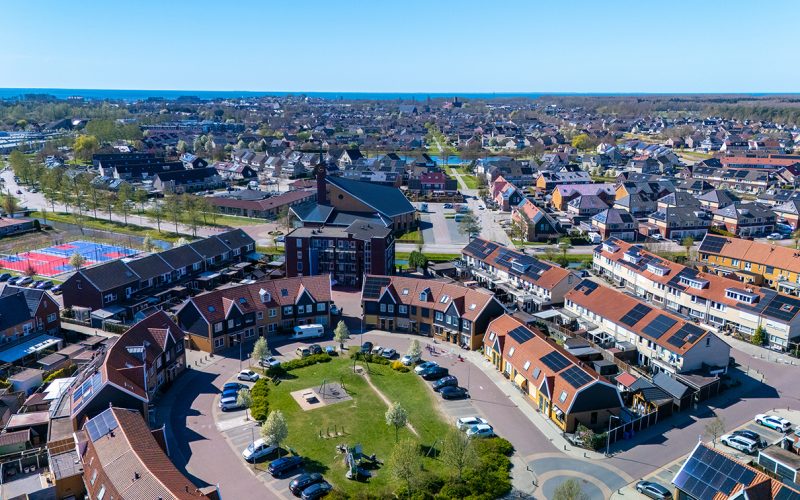People who live in neighborhoods with many unhealthy eating establishments and few opportunities for walking, cycling, or exercising have a higher risk of cardiovascular disease. This risk is almost five percent higher, according to large-scale research conducted by UMC Utrecht and Amsterdam UMC. The results of the study were recently published in The Lancet Regional Health Europe.
The researchers investigated the link between the immediate living environment and the risk of cardiovascular disease. “We examined and scored information about facilities and infrastructure in the immediate living environment,” explains Paul Meijer, researcher at UMC Utrecht. “For example, we looked at the number of fast food restaurants and cafes in a neighborhood, but also whether people can easily walk or cycle to work, the supermarket, family, or friends. We also took into account the amount of green space and sports facilities available, as these encourage people to exercise.”
For the study, they linked data on more than 4 million adults from Statistics Netherlands (CBS) to information about facilities and infrastructure around each residential address in the Netherlands. They used a special index that scores neighborhoods based on how obesogenic the living environment is. How many unhealthy temptations are there and how many opportunities are there to exercise? “That score ranges from 0 to 100,” says Paul Meijer. “The higher the score, the more unhealthy food options and the fewer opportunities for walking, cycling, and exercising. These scores were then linked to data on hospital admissions and causes of death to see who developed cardiovascular disease over a period of 14 years.”
The analyses show that people living in the most ‘unhealthy’ neighborhoods are almost five percent more likely to develop cardiovascular disease within ten years than people in the ‘healthiest’ neighborhoods. “A five percent difference in risk may sound small, but at the population level, it adds up,” explains Paul Meijer. “In a city of 500,000 inhabitants, our analyses show that this leads to a few hundred extra cases of cardiovascular disease over a ten-year period. Nationwide, this quickly adds up to thousands of extra people.” These results are consistent with earlier studies (Sept 2024 and Nov 2024) in which researchers already found that neighborhoods with many unhealthy eating establishments and few options for walking or cycling are associated with a higher risk of obesity and high blood pressure.
According to the researchers, the relationship between the environment and health is complex. It is not about a single factor, but rather an interplay of various influences. This makes it difficult to determine exactly which aspects of the environment contribute most to an increased risk of cardiovascular disease. To overcome this problem, the researchers used a composite index that maps all environmental factors.
“This index allows us to view neighborhoods as a kind of ‘heat map,’” Paul Meijer continues. “This reveals which neighborhoods are the most ‘unhealthy’ and where the greatest health risks lie. We hope that municipalities and regions will ultimately use this information to structurally incorporate health into the design of neighborhoods.”
Read the research publication here